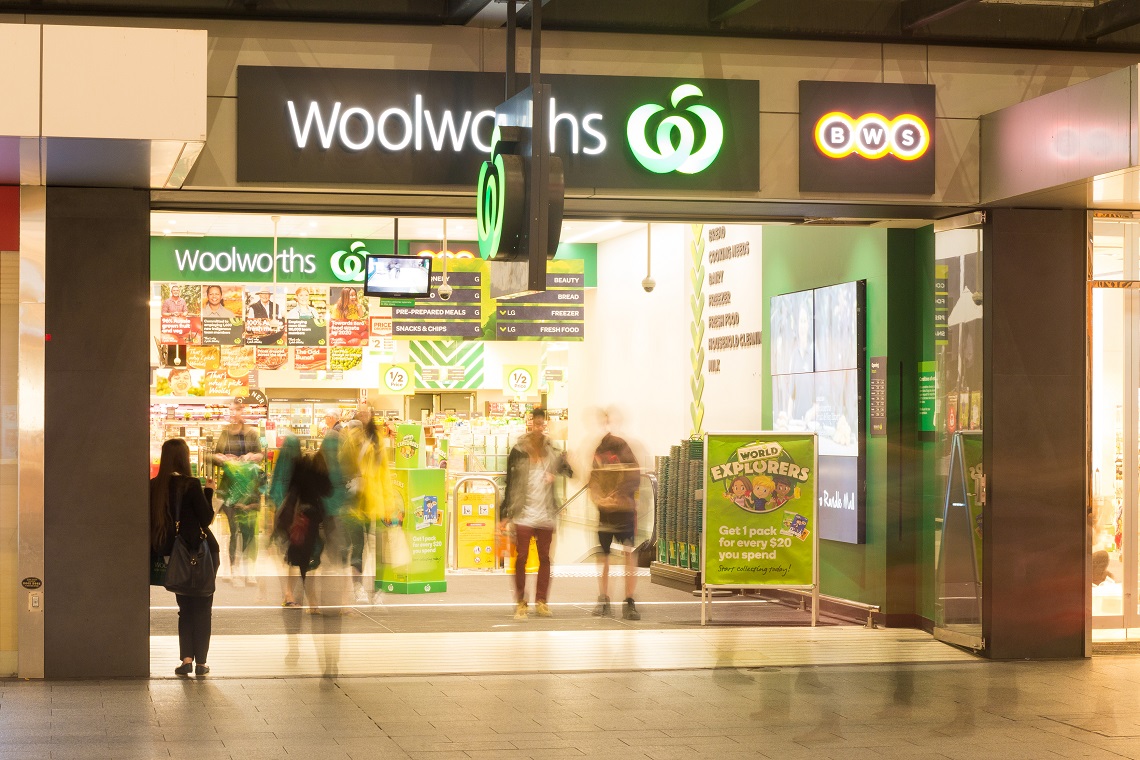Brand Finance, a leading independent branded business valuation and strategy consultancy, has published its 2020 Australia 100 report, detailing the most valuable and strongest brands in Australia.
Brand Finance compiles the list using what it calls its ‘Royalty Relief approach’, which involves estimating the likely future sales that are attributable to a brand and calculating a royalty rate that would be charged for the use of that brand. The overall brand value also includes a brand strength index and estimated brand revenues.
This year saw Woolworths come out on top, while Coles also made the top five, XXXX was the most valuable alcohol brand while six wine brands made the list for the first time.
Woolworths reclaimed the title of Australia’s most valuable brand, overtaking last year’s number one, Telstra, thanks to a five per cent uplift in brand value to $11.8bn.
Managing Director of Brand Finance Australia, Mark Crowe, said: “We are witnessing a decreasingly optimistic market, where many of the country’s biggest consumer brands are suffering. Household names, Woolworths and Coles, are bucking the trend, supported by their long-standing position in the marketplace.
“Woolworths is facing a difficult year ahead after the damaging investigation into staff’s pay – how the brand responds in the coming year will be pivotal if it is to retain its title of the most valuable Australian brand.”
Coles came in fifth overall, with a brand value of $7.5bn, with Brand Finance noting that the company achieved a AAA- brand strength rating for the first time, which it said is “a reflection of the brand’s solid reputation for value for money.”
This year’s Australia 100, also saw a number of wine brands breaking into the top 100, Brand Finance said: “Six wine brands have entered the ranking this year, with five of these owned by Treasury Wine Estates. “Following nearly a decade-long wine glut – significant oversupply of product – the sector is now entering a period of growth, largely thanks to the exports business boosting profits across the board.
“The highest new wine brand entrant, Lindeman’s (brand value AU$774 million), in 50th position, is enjoyed in over 100 countries globally and produces the top selling Australian wine in three countries. Last year, the brand launched its first alcohol-free range in response to the decline in alcohol consumption, particularly in the millennial age bracket.”
The six new wine brands listed are Lindeman’s at 50, Beringer at 56, Wolf Blass at 69, Yellow Tail at 74, Penfolds at 78 and Blossom Hill at 81. Jacob’s Creek, which made the top 100 last year, came in at Australia’s 76th most valuable brand.
XXXX was ranked 32 in the list overall, the highest for any alcohol brand and was the only beer brand to crack the top 100.
Other industry-related brands listed in the Australia 100 include IGA at 58 and Liquorland at 75.
Crowe added: “What is the purpose of a strong brand: to attract customers, to build loyalty, to motivate staff? All true, but for a commercial brand at least, the first answer must always be ‘to make money’.
“Huge investments are made in the design, launch, and ongoing promotion of brands. Given their potential financial value, this makes sense. Unfortunately, most organisations fail to go beyond that, missing huge opportunities to effectively make use of what are often their most important assets.
“Monitoring of brand performance should be the next step, but is often sporadic. Where it does take place, it frequently lacks financial rigour and is heavily reliant on qualitative measures, poorly understood by non-marketers.
“As a result, marketing teams struggle to communicate the value of their work and boards then underestimate the significance of their brands to the business. Sceptical finance teams, unconvinced by what they perceive as marketing mumbo jumbo, may fail to agree necessary investments.
“What marketing spend there is, can end up poorly directed as marketers are left to operate with insufficient financial guidance or accountability. The end result can be a slow but steady downward spiral of poor communication, wasted resources, and a negative impact on the bottom line.”

